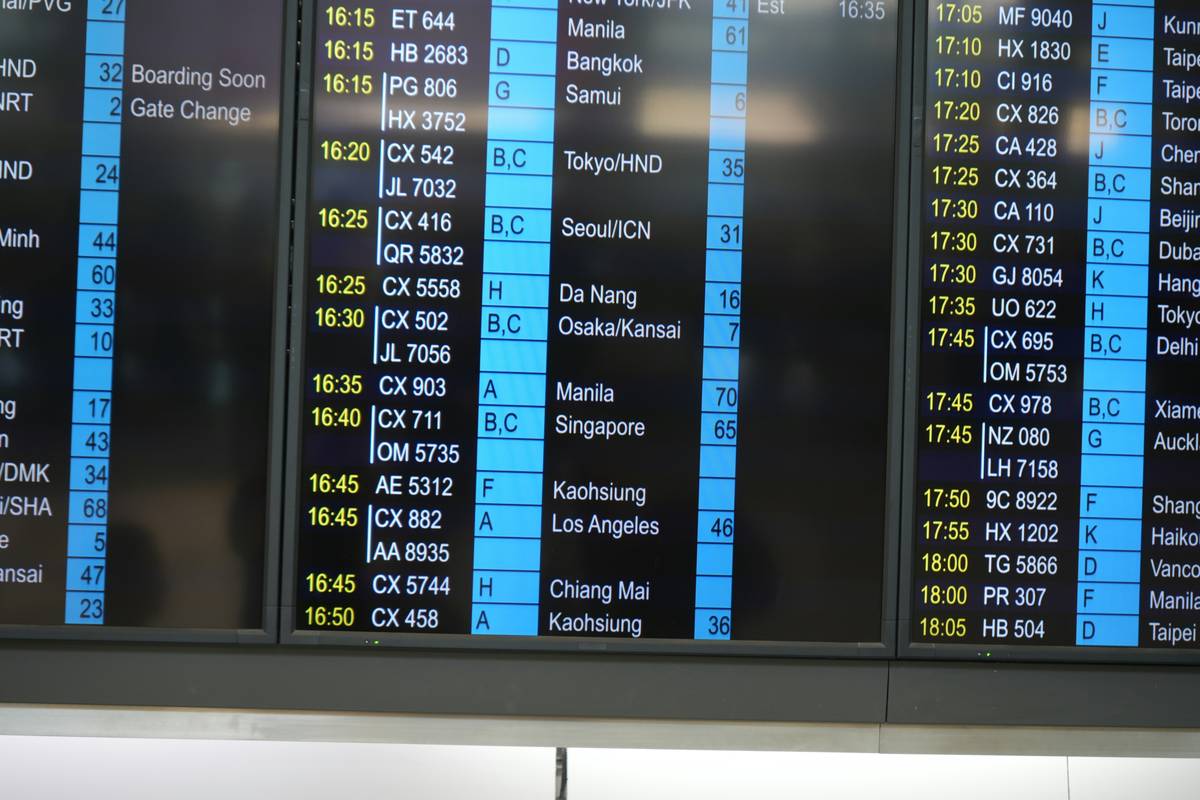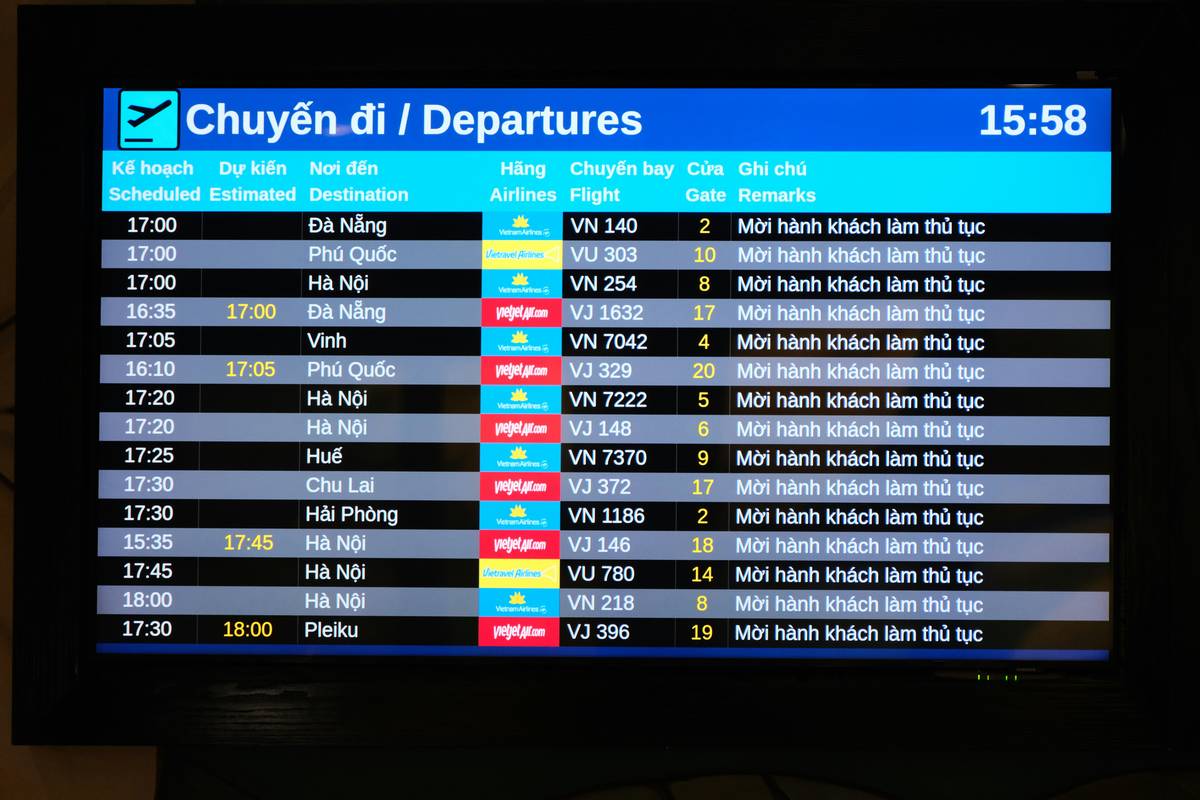Ever been stuck at an airport for 12 hours, staring at a departure board that keeps pushing your flight further into oblivion? Yeah, us too. Now imagine you had insurance that could cushion the blow of those unexpected delays. That’s where flexible itinerary insurance comes in—a game-changer for travelers who like to keep their plans (and their sanity) intact.
In this post, we’ll cover why flexible itinerary insurance might just be the unsung hero of modern travel planning. You’ll learn:
- What makes flexible itinerary insurance different from standard policies.
- A step-by-step guide to choosing the right coverage for YOU.
- Tips on maximizing your claim if life throws lemons at your trip.
- Real-world examples of how it saved someone’s vacation—and wallet.
Table of Contents
- Key Takeaways
- The Problem with Rigid Travel Plans
- Step-by-Step Guide to Picking Your Policy
- Top Tips for Using Flexible Itinerary Insurance
- How This Insurance Saved My Trip (A True Story)
- FAQs About Flexible Itinerary Insurance
Key Takeaways
- Flexible itinerary insurance covers more than just delays—it protects against cancellations, rebookings, and missed connections.
- Choosing the best policy involves matching your personal travel habits with specific benefits.
- Knowing what documentation to gather can mean the difference between a smooth claim process and endless headaches.
- Real travelers have used this type of insurance to turn chaotic trips into seamless experiences.
The Problem with Rigid Travel Plans
Let’s get real here—travel is unpredictable. Remember that one time I booked a “perfect” trip to Bali, only to find out my connecting flight was delayed by *seven hours* due to bad weather? The kicker? My hotel reservation wasn’t refundable. Seven. Whole. Hours. Sitting there, snacking on overpriced airport nachos while watching my dream vacay crumble before my eyes.
This is exactly why rigid travel plans need some buffer zones, but let’s face it: not all insurance policies are created equal. Most traditional travel insurances focus solely on medical emergencies or lost luggage—which is great until you’re stuck paying $500 because your layover turned into an overnight stay.

Caption: Nothing screams ‘vacation vibes’ like being stranded at Gate 47.
Step-by-Step Guide to Picking Your Policy
Optimist You: “There’s got to be a better way!”
Grumpy Me: “Yeah, yeah—but read carefully or risk wasting money.”
1. Identify Your Biggest Travel Pain Points
Are you constantly flying budget airlines prone to delays? Or maybe last-minute changes wreck your schedule. Understanding your weak spots helps narrow down which features matter most in flexible itinerary insurance.
2. Compare Coverage Benefits
Not all policies include extras like accommodation reimbursement during long delays or compensation for prepaid tours you miss. Look for these golden nuggets:
- Travel delay coverage starting as low as 6 hours.
- Rebooking assistance for missed flights/connections.
- Coverage caps relevant to your destination’s costs (e.g., Tokyo hotels cost WAY more than Bangkok).
3. Read Reviews Like Sherlock Holmes
Honest customer reviews will tell you whether claims are processed smoothly—or whether you’ll spend months fighting for refunds. Pro tip: Platforms like Trustpilot are goldmines for unfiltered opinions.
Top Tips for Using Flexible Itinerary Insurance
Pro Tip #1: Always document EVERYTHING. Snap screenshots of canceled flights, email confirmations for rescheduled bookings, and receipts for extra expenses incurred during delays.
Pro Tip #2: Don’t file claims too early! Wait until your trip ends so you can compile ALL necessary documents instead of scrambling mid-trip.
Terrible Tip Disclaimer: Do NOT try to stretch the truth about inconveniences—you WILL get caught. Companies investigate thoroughly, so honesty truly is the best policy.
How This Insurance Saved My Trip (A True Story)
I once had a Paris-bound dream trip derailed when Airline X decided my connection through Frankfurt would take three days instead of six hours. Thanks to my flexible itinerary insurance, though, I:
- Got reimbursed for two nights’ worth of hotel stays near the airport.
- Received meal vouchers totaling $100.
- Earned partial credit back for my nonrefundable Opera Garnier tickets.

Caption: From chaos to champagne views—thanks to flexible itinerary insurance!
FAQs About Flexible Itinerary Insurance
What does flexible itinerary insurance usually cover?
Typically, it includes delayed departures, missed connections, and rebooking fees caused by unforeseen circumstances like weather or airline strikes.
Is it worth buying even for short trips?
If you’re hopping across multiple cities via connecting flights, absolutely. Short trips often involve tighter schedules, making them more vulnerable to disruptions.
Can I buy this after booking my tickets?
Yes, but do it ASAP! Most insurers require you to purchase within 14–30 days of making initial travel arrangements.
Conclusion
To sum it up, flexible itinerary insurance isn’t just another add-on—it’s peace of mind wrapped in a policy. With its ability to protect against travel hiccups both big and small, it’s no wonder savvy globetrotters swear by it. So next time you plan a trip, remember: flexibility is key, especially when life decides to throw curveballs.
And hey, don’t forget—like a Tamagotchi, your travel plans need daily care. Pack smart, insure smarter, and may your journeys always lead to adventure, not disaster.


